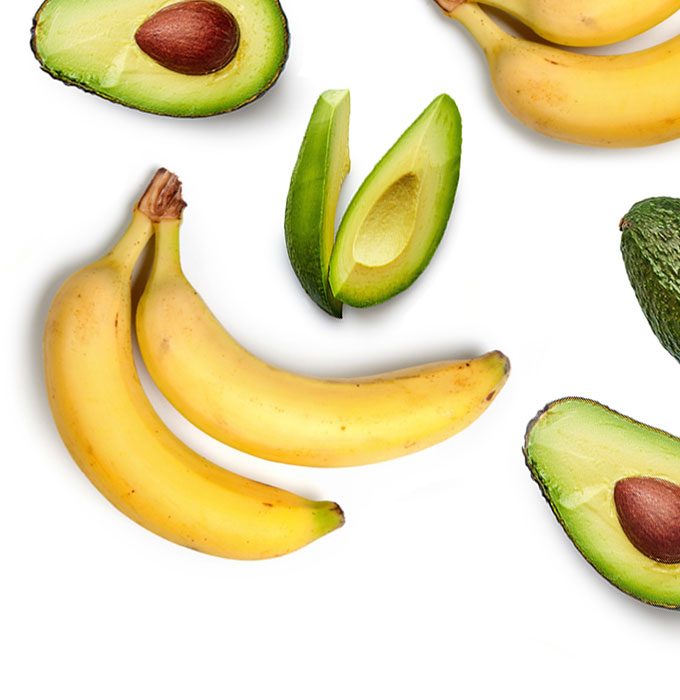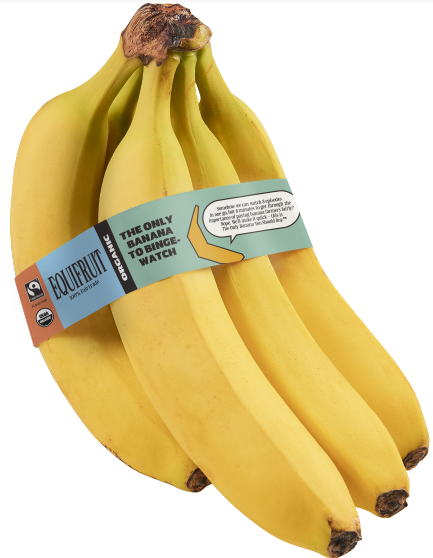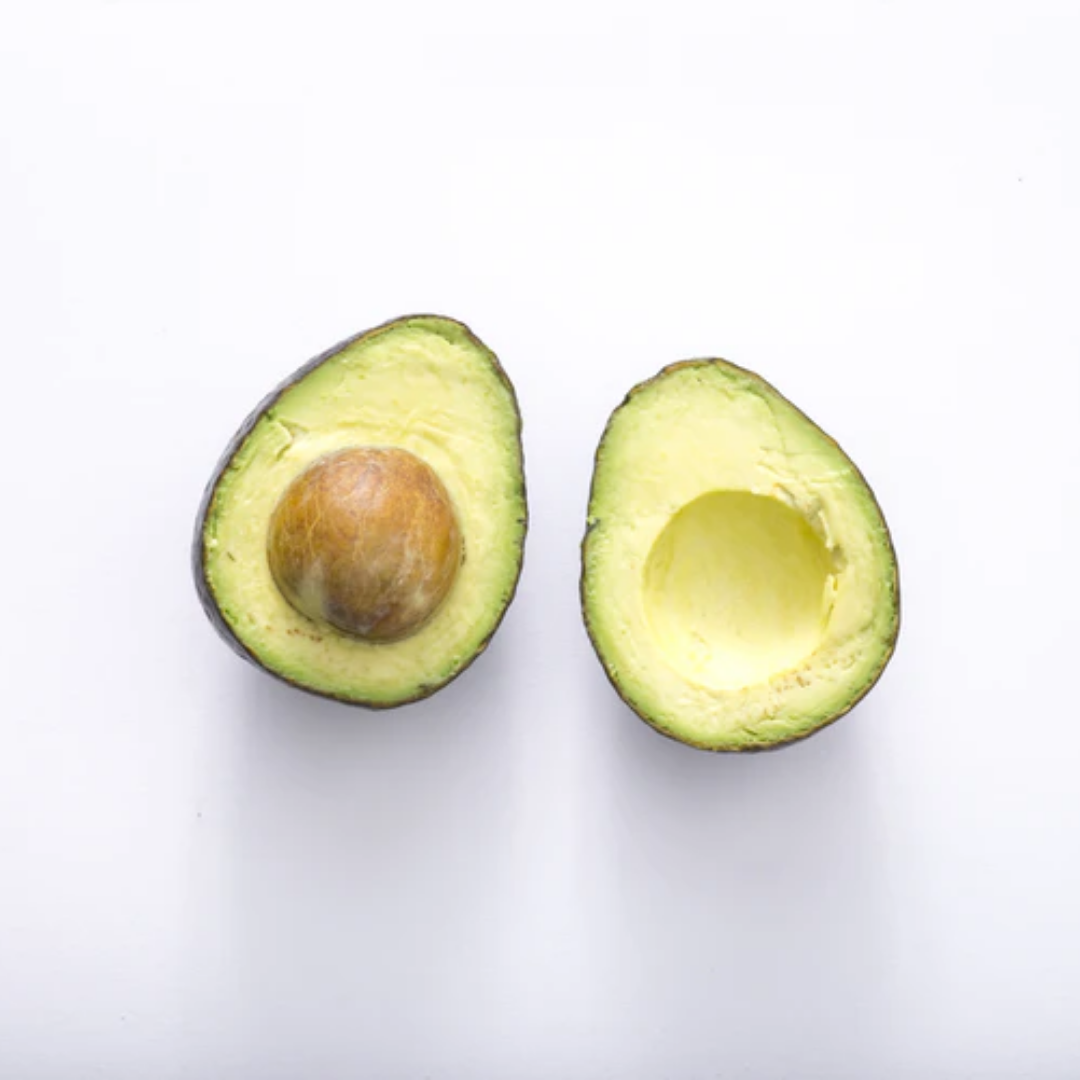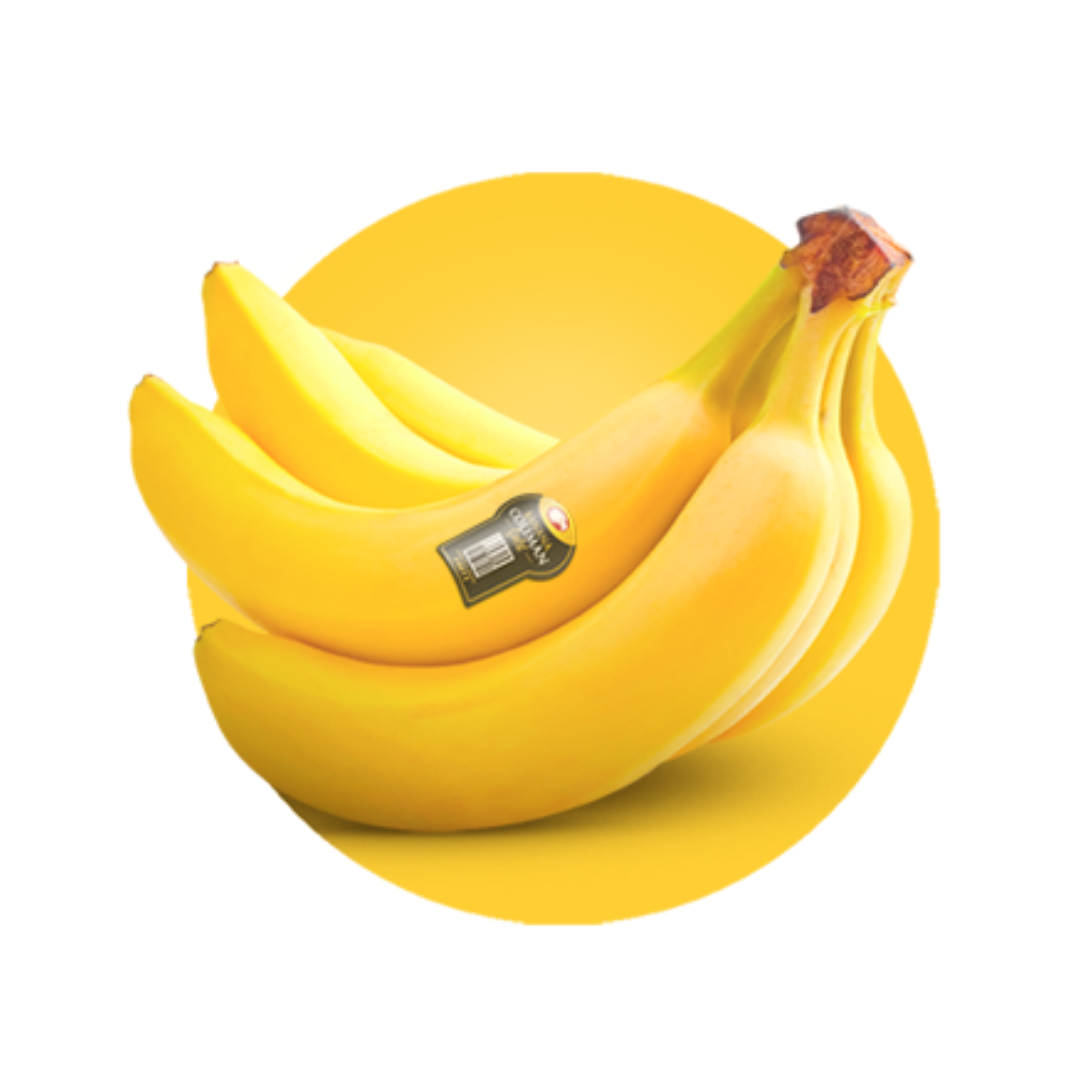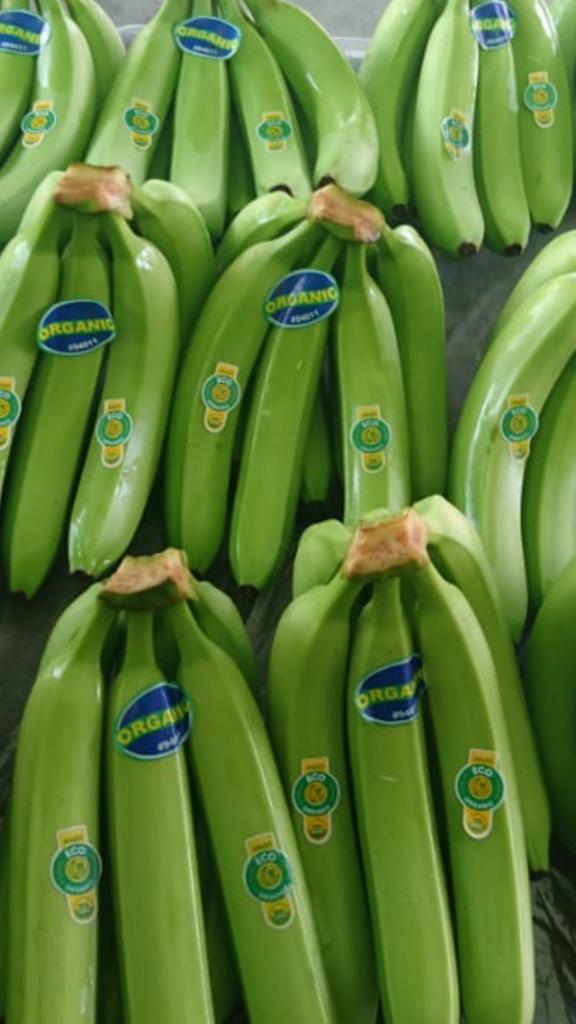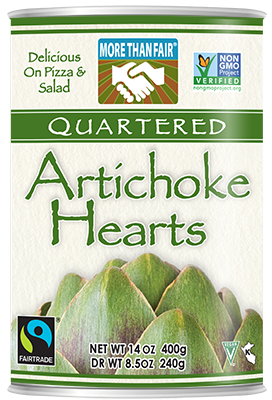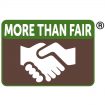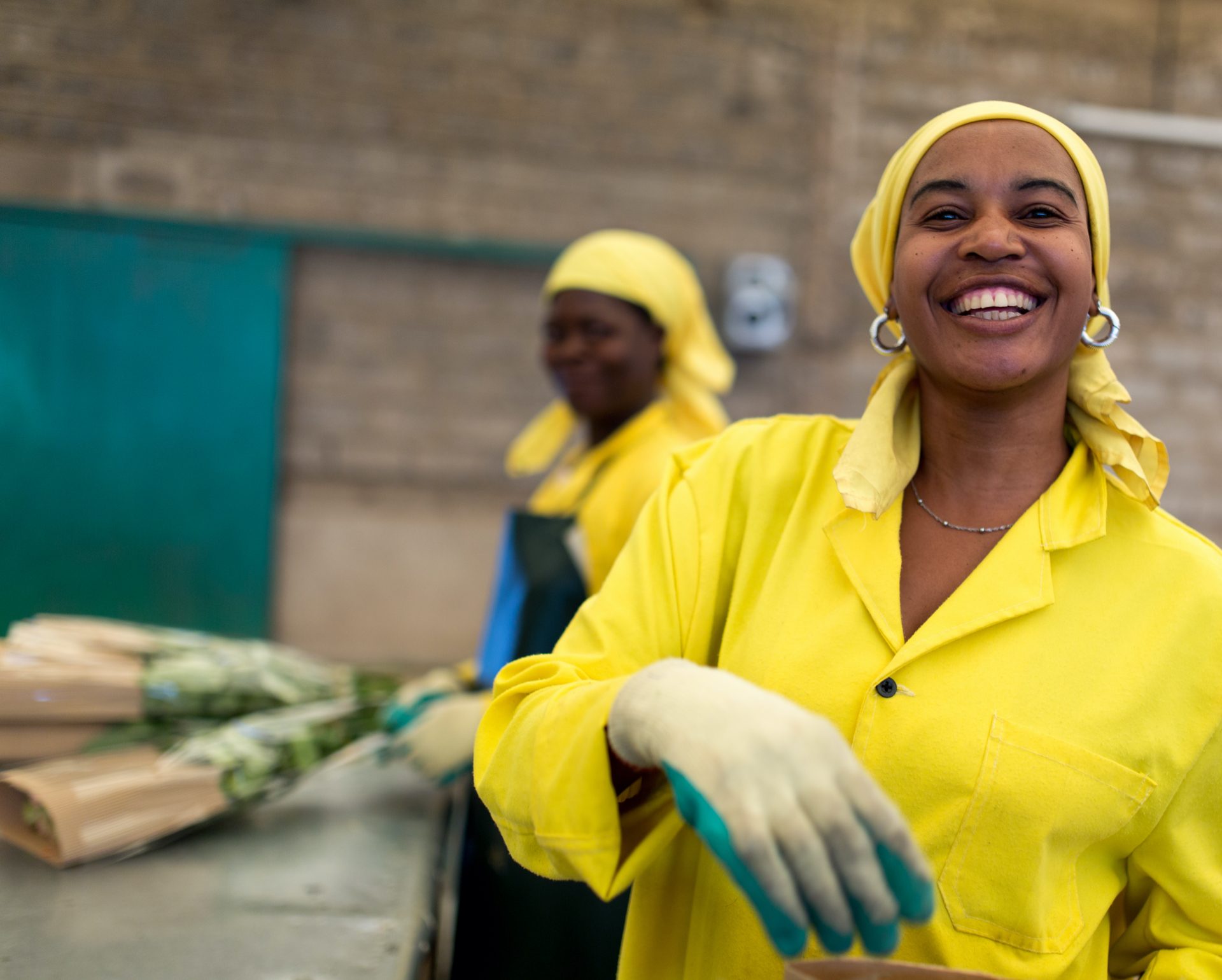Shop Fairtrade certified products
The true cost of bananas
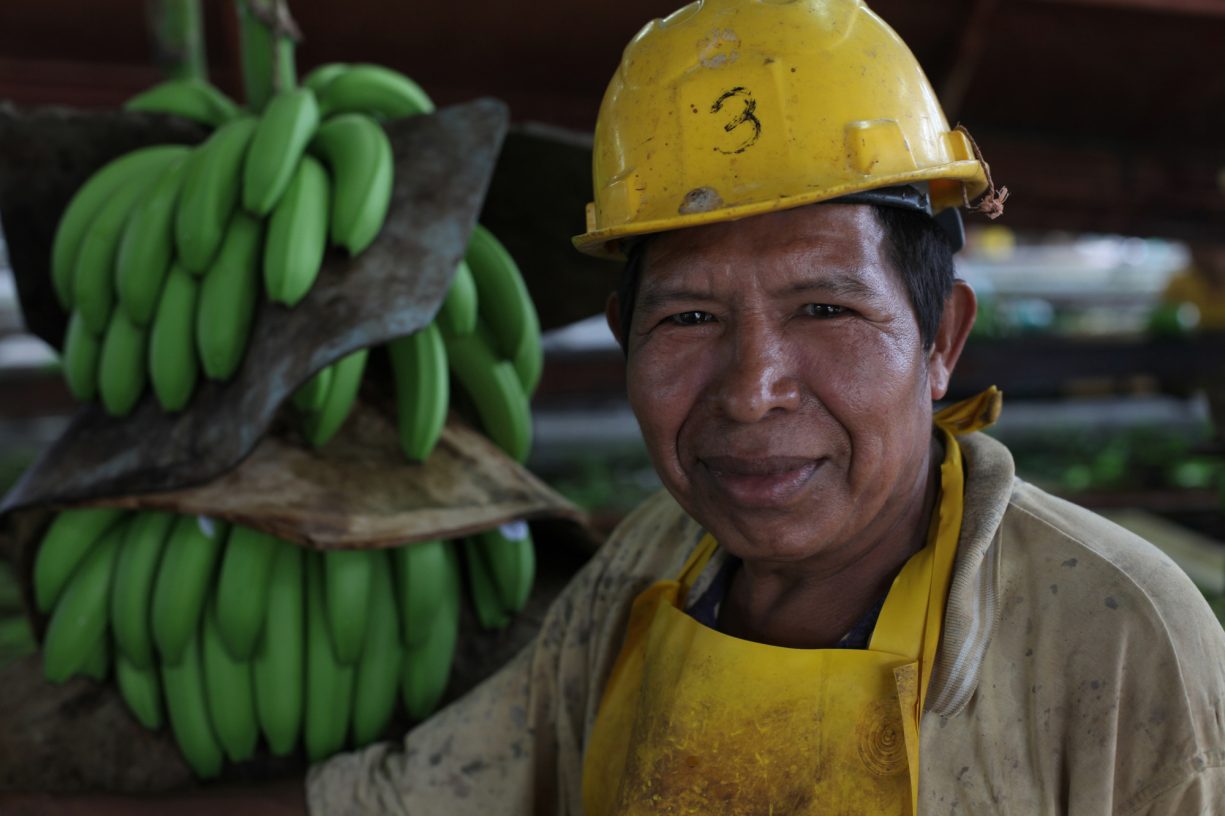
We do not grow bananas in the United States (save the odd local varieties you may find in Hawaii or Puerto Rico). During the four weeks between when a banana is picked to when it is purchased, it travels thousands of miles to get to US grocery stores. So how do they still cost less than apples that are grown locally?
There is no such thing as a cheap product. Somewhere, someone in the supply chain is paying for it—whether that is us, the end consumer, or the farmer, who may be forced by the market into unfair and unsustainable deals. There is always a cost. In the case of bananas, the costs of conventional (non-fair trade certified and non-organic) banana farming are many:
- Poverty
- Underpayment
- Health & safety risks
- Soil depletion
- Water shortages
Fairtrade has improved our members' and farmworkers' standard of living. We now have the resources to help the community and conserve the environment.
Jovanny Coronel, Treasurer of El Guabo, a banana cooperative in Ecuador
Explore Fairtrade bananas & produce brands
Your daily habits—like making smoothies—affect people around the world. By choosing Fairtrade, you are ensuring that your groceries were produced with people and the planet in mind.
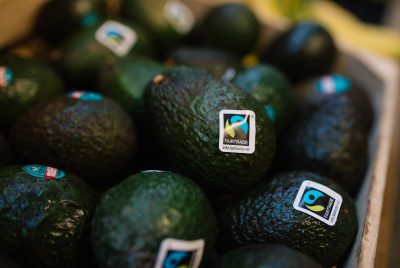
We are the US branch of Fairtrade International, the most globally recognized ethical label. When you see our green and blue Mark on products, you can rest easy knowing that they were produced in accordance with our rigorous environmental, economic and social standards. Our network is comprised of nearly 2 million farmers and workers and spans over 70 countries. We don’t just do this work for farmers—we do it with them. Learn about the difference Fairtrade makes.
Learn more
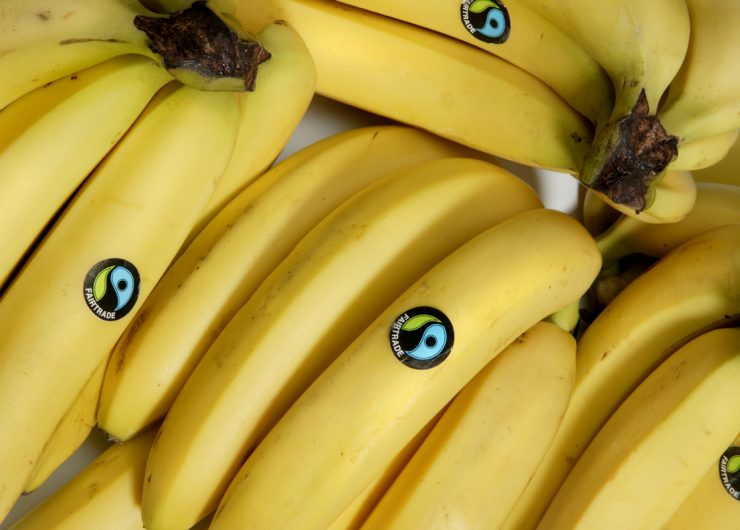
Fairtrade Four
There are four items that are notorious for their negative impact on people and the environment. Choose Fairtrade alternatives to make a positive impact through your purchasing power.
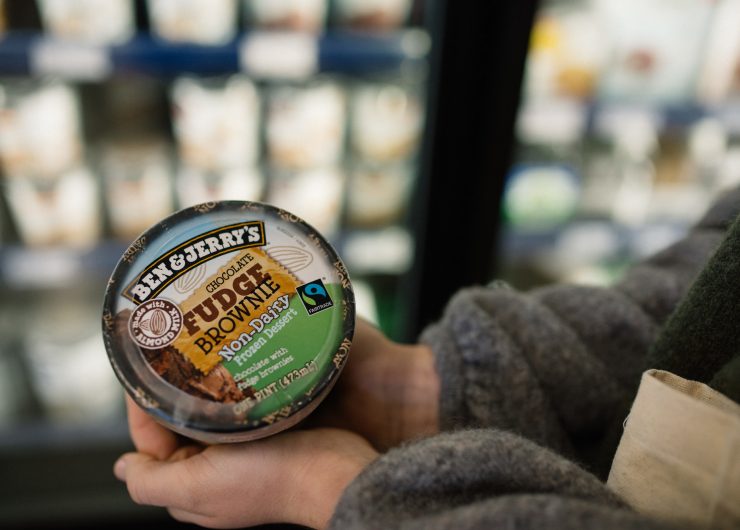
Get Involved
Check out these simple ways to get involved in the fair trade movement.
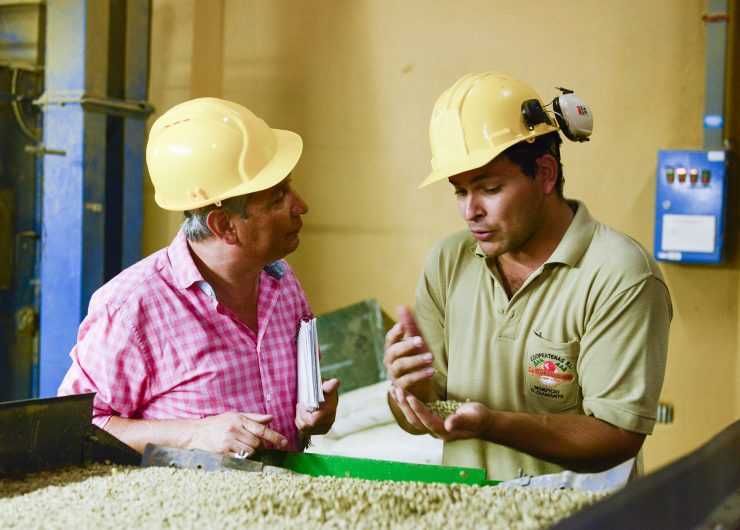
Get Certified
Connect with our team to learn what Fairtrade can do for your business, for farmers and workers and the environment.

